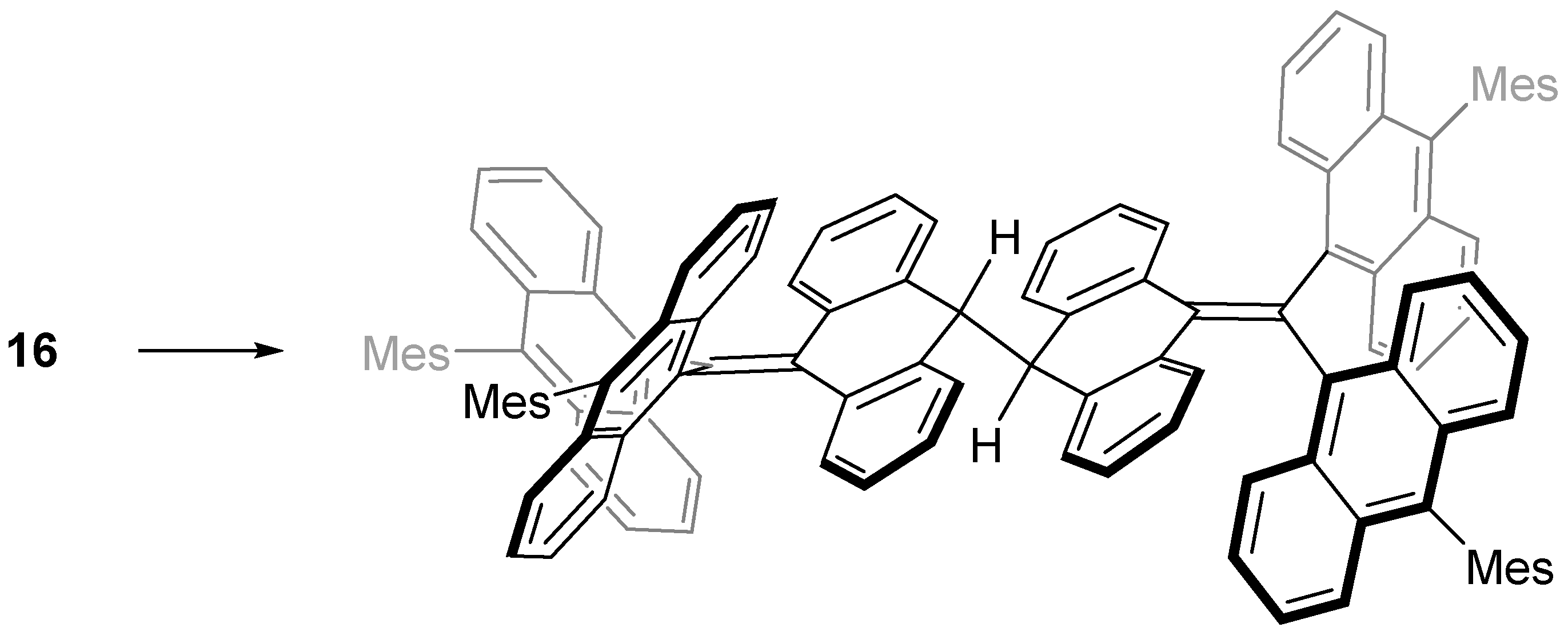
/chapter3/pages17and18/page17and18_files/hidsigelec.png)
Similarly, alcohols are nucleophiles that can add to the electrophilic carbon of an aldehyde.Īfter the addition of the nucleophile to the electrophile, there is an acid/base reaction. Because carbon can't have more than 8 total electrons around it, a pair of electrons associated with the C=O unit must move to the oxygen atom. First a pair of electrons moves from the nucleophile (hydroxide) to the electrophile (carbonyl carbon).

The purple arrows indicate the migration of a pair of electrons. Hydroxide, a nucleophile, adds to the electrophilic carbon of CO 2. As you've seen, hydroxide is an example of nucleophile that adds to carbon dioxide.Īddition of Nucleophiles to the Carbonyl Group You've already seen that carbon dioxide is an electrophile.īelow are some examples of electrophiles.Ī nucleophile is a molecule that forms a bond with its reaction partner (the electrophile) by donating both electrons for that bond. Understanding the difference between nucleophiles and electrophiles is essential for understanding the mechanisms of many organic reactions.Nucleophiles and Electrophiles Nucleophiles and ElectrophilesĪn electrophile is a molecule that forms a bond to its reaction partner (the nucleophile) by accepting both bonding electrons from that reaction partner. They are characterized by their electron density and their tendency to either accept or donate electrons. In summary, nucleophiles and electrophiles play a crucial role in many organic chemical reactions and are widely used in the synthesis of organic compounds. Carbanions, on the other hand, are formed when a nucleophile attacks a carbon atom, creating a negative charge on the carbon atom. Carbocations are formed when an electrophile attacks a carbon atom, creating a positive charge on the carbon atom. For example, in the electrophilic addition of H+ to an alkene to form an alkane, the electrophile (H+) accepts electrons from the nucleophile (alkene) and forms a new bond with it.Īnother important application of nucleophiles and electrophiles in organic chemistry is in the formation of intermediates species, such as carbocations and carbanions. On the other hand, Electrophiles participate in electrophilic substitution reactions, which involve the substitution of an atom or group of atoms in a molecule with an electrophile. For example, in the nucleophilic substitution of halogens (such as Cl or Br) with an amine or alcohol, the nucleophile (amine or alcohol) donates electrons to the electrophile (halogen) and replaces it in the molecule. Nucleophiles participate in nucleophilic substitution reactions, which involve the substitution of an atom or group of atoms in a molecule with a nucleophile. This difference in electron density makes nucleophiles and electrophiles react in opposite ways in chemical reactions. Nucleophiles typically have a high electron density and a negative or partial negative charge, while electrophiles typically have a low electron density and a positive or partial positive charge. Electrophiles such as carbocations seek to gain electrons and thus have a strong tendency to react with nucleophiles, which are negatively charged species or. The main difference between nucleophiles and electrophiles lies in their electron density. The high electron density located between multiply bonded carbon atoms, however, causes alkenes and alkynes to behave like nucleophiles, where nucleophilic.


 0 kommentar(er)
0 kommentar(er)
